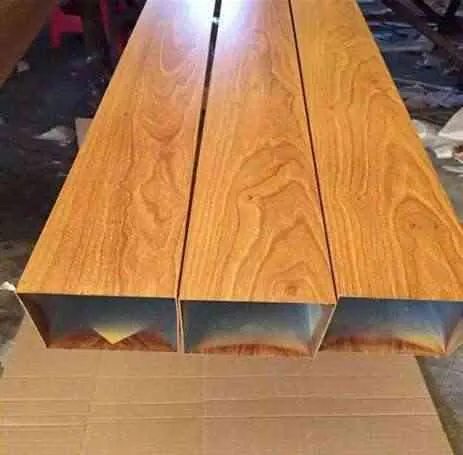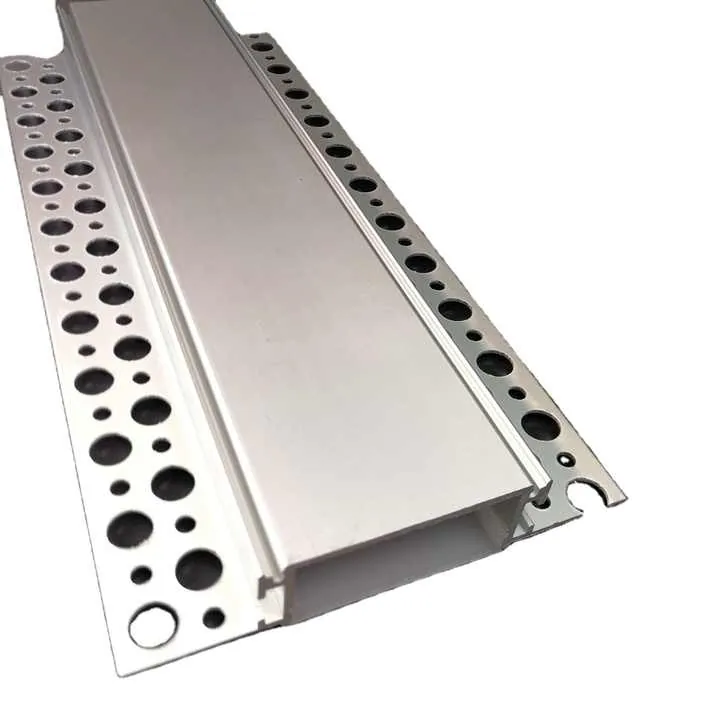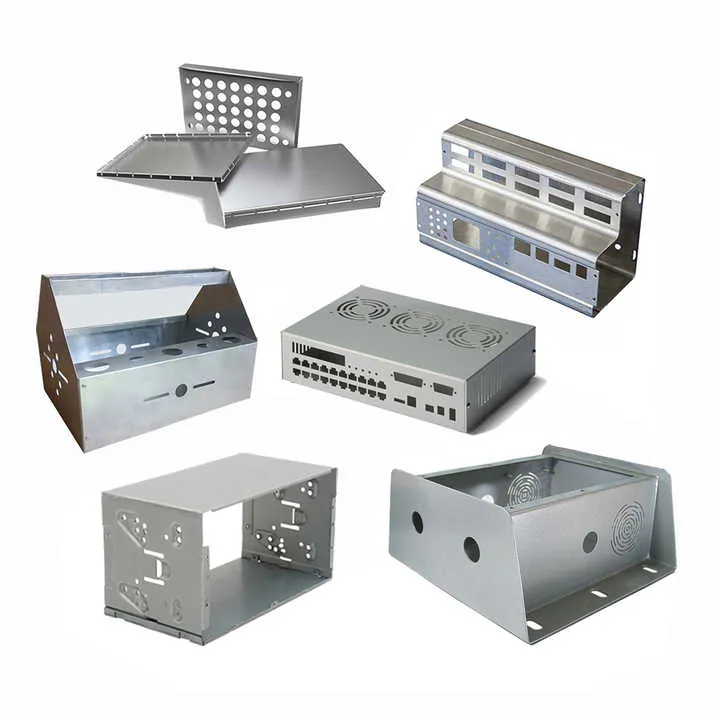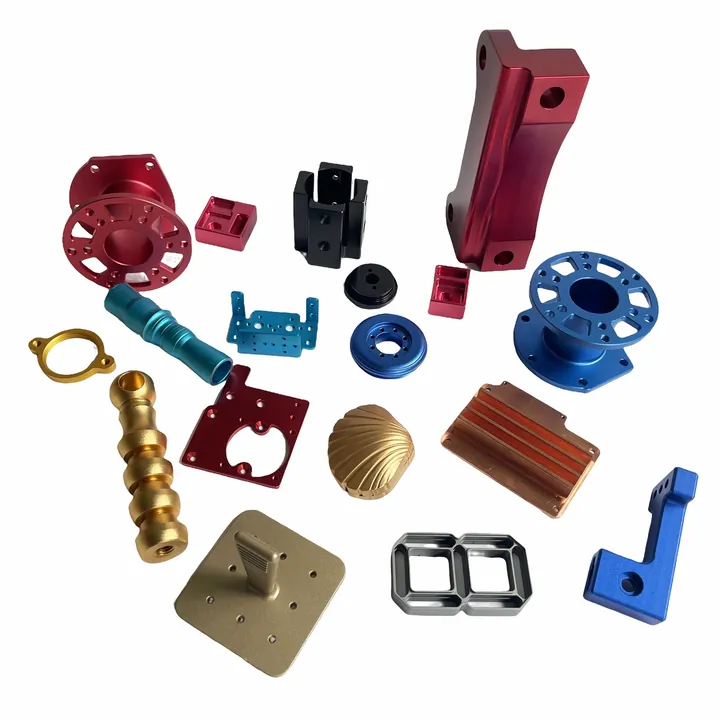What Are Processes Of Aluminum Fabrication?

I know it can feel hard when you read about many steps in aluminum fabrication. You might feel lost about what really happens.
The key steps in aluminum fabrication include preparation, forming, machining, joining, and finishing. That answers the title question up front.
Stay with me and I will explain each step in an easy way.
What are the key steps in aluminum fabrication?
I feel that most people get confused about the big process list. Let me break it down in simple parts and show how they link.
The key steps in aluminum fabrication are material prep, forming (like extrusion, casting, rolling), machining (cutting, drilling), joining (welding, fastening), and surface treatment.

I break each step into details below. I also use tables and sub-heads to make it clear.
Preparation
I start with good aluminum material. I choose grades like 6061 or 6063. I check the size and quality. I remove oil and dirt. I do surface inspection.
Forming
There are main ways to shape aluminum: extrusion, casting, and rolling.
Machining and Cutting
I use saws, lasers, mills, drills. I pick the right tool for clean cuts without damage.
Joining and Welding
I join parts using welding or fastening. TIG welding or MIG welding are common. I may use bolts, rivets, or adhesives.
Surface Treatment
To make aluminum last, I do treatments like anodizing, painting, powder coat, or plating. These add corrosion resistance.
Now I dive deeper into each part.
How does extrusion differ from casting and rolling?
I know people mix up extrusion with casting or rolling. They feel they are all shaping methods.
Extrusion forces softened aluminum through a shaped die, while casting pours liquid aluminum into a mold, and rolling squeezes aluminum between rollers into thin sheets.

Dive deeper
I want to explain the big differences in process, cost, and use. Here are three parts: process steps, typical use cases, and pros and cons.
Process Steps
- Extrusion: heat billet to soften, push it through a shaped die, cut to length.
- Casting: melt ingot, pour into mold, cool, remove cast shape, finish.
- Rolling: heat slab, pass between rollers, reduce its thickness step by step.
Typical Use
| Method | Example Products |
|---|---|
| Extrusion | Window frames, custom profiles, tubes |
| Casting | Complex parts, engine blocks, housings |
| Rolling | Sheets, plates, foils, coils |
Advantages and Disadvantages
| Method | Pros | Cons |
|---|---|---|
| Extrusion | Good for long uniform profiles | Requires custom die, limits shapes |
| Casting | Good for complex shapes | Slower, may have defects or porosity |
| Rolling | Efficient for sheets and plates | Less flexible shapes |
I often tell customers that extrusion is best for long, uniform cross-sections. Casting makes parts with complex 3D shapes. Rolling delivers flat stock at scale. The cost per part also varies. Extrusion need a die but then many pieces; casting mold cost is high per design; rolling is efficient in mass sheet production.
I once had a client who needed a custom heat sink profile. We used extrusion. The die cost was high, but the long runs made it worth it. For another client who needed small blocks with complex cavities, casting was the better route. We used sand casting with CNC finish.
Extrusion is best for long profiles with uniform cross sections.True
Extrusion forces aluminum through a shaped die, good for long uniform shapes.
Casting produces long, straight aluminum rods efficiently.False
Casting is used for complex shapes, not long uniform rods—that is extrusion.
What cutting and welding methods are used in aluminum fabrication?
At first many people think aluminum is just like steel. I explain how it is different and what tools matter.
Cutting methods include sawing, waterjet, laser, and shearing. Welding uses TIG or MIG methods suited for aluminum’s thermal traits.

Dive deeper
I go into how each method works and why you pick it for certain tasks. I also address common defects and how to avoid them.
Cutting Methods
- Sawing: cold saws or band saws. Good for basic cuts. Keeps material cool and avoids burn.
- Laser cutting: precise and fast. Needs special lasers for aluminum. Takes care to prevent heat warping.
- Waterjet: uses high-pressure water and abrasive. No heat damage. Good for complex shapes. Slower than laser.
- Shearing: for sheet aluminum. Fast and cost-effective. Edges need deburring.
Welding Methods
- TIG welding (GTAW): clean weld, lower heat input, good for thin material. Requires high skill.
- MIG welding (GMAW): faster, good for thicker parts. Use spool-gun or push-technique.
- Filler selection: use proper filler wire like 4043 or 5356 based on alloy.
- Defect control: aluminum tends to absorb hydrogen and warp. I clean surfaces, purge gas, and control heat.
I often train welders to keep travel speed steady and control the puddle. For thin panels, I recommend TIG with pulsed current. For thicker profiles, MIG gives speed and strength.
Common Issues and Solutions
- Aluminum warps easily. I clamp tightly and weld in short segments.
- Porosity happens often. I make sure to clean surfaces and avoid moisture.
- Cracks at the weld start or stop. I use proper start-stop technique and toe practice.
Waterjet cutting avoids heat damage because it uses cold cutting.True
Waterjet uses abrasive water, so no heat is applied, preventing thermal distortion.
MIG welding is not suitable for thick aluminum parts.False
MIG welding works well for thick aluminum and is often preferred for those parts.
What surface treatments improve aluminum durability?
People often see aluminum as soft or prone to corrosion. I explain how different treatments extend its life.
Common surface treatments include anodizing, powder coating, painting, and plating to improve corrosion resistance, wear, and appearance.

Dive deeper
Here I explain each treatment, how it works, and where it fits in real use cases.
Anodizing
This process makes a hard oxide layer on aluminum. It resists wear and corrosion. I can add color with dye before sealing. It also helps electrical insulation in some cases.
Powder Coating
I apply dry powder electrostatically, then bake the part. It forms a thick protective layer. Good for outdoor use and decorative parts. Durable and colorful.
Painting
Liquid painting offers flexible finish options. I use primer, base coat, and clear coat. It gives a smooth look. Less durable than powder coat but easier to touch up.
Plating (Electroplating)
Less common but used when you need metal finish. Nickel or chrome plating can be applied. It needs good surface prep. It increases wear resistance and aesthetic appeal.
Other Options
- Woodgrain transfer film: gives wood look while aluminum stays light. Used in windows or trims.
- Electrophoretic coating (e-coating): gives uniform coating in cavities. Often used before powder coat for extra rust resistance.
Comparison Table
| Treatment | Key Benefits | Typical Use Cases |
|---|---|---|
| Anodizing | Hard surface, corrosion resistance | Architectural profiles, heat sinks |
| Powder Coating | Thick, durable finish, colorful | Outdoor frames, appliances |
| Painting | Flexible, easy to repair | Interiors, custom color parts |
| Plating | Metallic look, high wear resistance | Decorative trim, hardware |
I remember a project where customers needed high-wear machine frames. We anodized the extrusion and then powder coated it. It lasted years even in harsh factories. Another client wanted custom red trims for windows. We powder coated after anodizing. The finish stayed vivid outdoors for a decade.
Anodizing generates a hard oxide layer to resist corrosion.True
The anodizing process forms a protective oxide surface that is harder and more corrosion-resistant than raw aluminum.
Powder coating uses liquid paint that dries in air.False
Powder coating uses dry powder applied electrostatically and cured under heat, not liquid paint drying in air.
Conclusion
Aluminum fabrication moves through clear steps: prepare material, form it via extrusion/casting/rolling, machine and cut, weld or join, and apply surface treatment. Each method suits different needs. I use simple tools and strong quality control. That is how I ensure final parts are durable, precise, and reliable.



